Forms for well rings with your own hands
The field of application of reinforced concrete rings is quite extensive. If there is a need to save money, you can make them yourself. But this requires molds for concrete rings. Buying such equipment is an expensive pleasure; for private use it will not justify itself. But you can also make the forms yourself.
The content of the article
What are concrete rings for?
Most often, concrete rings are needed for the device wells, but they are also used in the device of autonomous sewage - they do septic tanks or filtration wells. Another area of application is manholes when installing storm and drainage system. Made from concrete rings even cellars... Moreover, there are different options - vertical, horizontal. In general, the scope is wide.
There are rings of different sizes for different needs, they also have different wall thicknesses, they can be with or without reinforcement. Despite such an abundance of choice, many are thinking about making reinforced concrete rings with their own hands. The thing is that when arranging a site, you may need more than one ring, and not even ten. For some, it takes more than a dozen only for the well. The production cost of reinforced concrete products is much lower than their retail price. Even taking into account the fact that you have to make molds for concrete rings. And if you also take into account the cost of delivery, then the savings are very solid.
Varieties and sizes of concrete rings for wells
Commercially manufactured concrete and reinforced concrete rings must meet the standards prescribed in GOST 8020-90. Their sizes can be taken from the table, as well as the approximate weight and price (indicated taking into account delivery in Moscow).
| Name | Height | Wall thickness | Inner diameter | Weight | Price without lock / with lock |
|---|---|---|---|---|---|
| KS-6 | 7 cm | 12 cm | 58 cm | 60 Kg | 390 rbl |
| KS-7-1 | 10 cm | 8 cm | 70 cm | 46 kg | 339 rbl |
| KS-7-1.5 | 15 cm | 8 cm | 70 cm | 68 kg | 349 rbl |
| KS-7-3 | 35 cm | 8 cm | 70 cm | 140 kg | 589 rbl |
| KS-7-5 | 50 cm | 8 cm | 70 cm | 230 kg | 800 rbl |
| KS-7-6 | 60 cm | 10 cm | 70 cm | 250 Kg | 830 rbl |
| KS-7-9 | 90 cm | 8 cm | 70 cm | 410 kg | 1230 rbl |
| KS-7-10 | 100 cm | 8 cm | 70 cm | 457 kg | 1280 rbl |
| KS-10-5 | 50 cm | 8 cm | 100 cm | 320 kg | 1110 rbl |
| KS-10-6 | 60 cm | 8 cm | 100 cm | 340 kg | 1130 rbl |
| KS-10-9 | 90 cm | 8 cm | 100 cm | 640 kg | 1530 rub / 1700 rub |
| KS-12-10 | 100 cm | 8 cm | 120 cm | 1050 kg | 2120 rbl |
| KS-15-6 | 60 cm | 9 cm | 150 cm | 900 kg | 2060 rbl |
| KS-15-9 | 90 cm | 9 cm | 150 cm | 1350 kg | 2670 rbl |
| KS-20-6 | 60 cm | 10 cm | 200 cm | 1550 kg | 3350 rbl |
| KS-20-9 | 90 cm | 10 cm | 200 cm | 2300 kg | 4010 rbl |
| KS-25-9 | 90 cm | 12 cm | 250 cm | 2200 kg | 16100 rub |
For the manufacture of products of each type, there must be two parts of the formwork - external and internal. The distance between them is prescribed in GOST, depending on the size of the ring. For reinforced rings for a well with a diameter of 70 cm or 100 cm, this is 7 cm and 8 cm, respectively, in the manufacture of rings without reinforcement, the wall thickness is much larger - 12 cm and 14 cm.
In addition to different sizes, there is also a different profile of the end part of the rings - even and with a lock. The lock is a tongue-and-groove protrusion. Such rings are called tongue-and-groove or locking. Put on top of each other, they adhere well, it is difficult to move them under lateral loads, which is very important when constructing wells for any purpose. The disadvantage of this option is more complex shapes for concrete rings - it is necessary to form corresponding steps at the ends.
Manufacturing technology of concrete and reinforced concrete well rings
For the manufacture of concrete rings in production, a hard solution with a small amount of water is used, after pouring it is necessarily subjected to vibration. Without this process, it is impossible to achieve uniformity and high strength.In production, vibrators are built into the walls of molds; in private production, you can use submersible vibrators for concrete. These are relatively small devices, the body of which is held in the hands, and the vibrator head is lowered into concrete. The length of this nozzle should be sufficient to reach almost to the bottom of the ring.
What concrete to use
Concrete for well rings with a soot strength of at least B15 (class M200). Composition of hard concrete used in production:
- cement PC500D0 - 230 kg:
- medium grain sand (fineness modulus 1.5-2.3) - 900 kg;
- crushed stone of fraction 5-10 mm - 1100 kg;
- plasticizer S-3 - 1.6 kg;
- water - 120 liters.
The output is a cubic meter of concrete. The amount of water is indicated for sand with a moisture content of 4%. If the sand is wet, the amount of water decreases significantly.
What should I say that in the usual household concrete mixer type "pear" such dry concrete you will not mix. For mixing, a forced-type mixer must be used. If not, make more fluid concrete. The disadvantage of this solution is that it is necessary to keep the concrete in the formwork for some time (from 4 to 7 days, depending on the temperature). If there is one mold for concrete rings, the production of a dozen concrete rings can take months. The way out is to make the mortar as hard as possible and have more than one pair of formwork.
Reinforcement of concrete rings
It is possible, according to all the rules, to tie a reinforcing ring from a ribbed bar with a thickness of 8-10 mm - circles connected by vertical segments of reinforcement. The number of reinforcement rings depends on the ring height. The optimal distance between them is 20-30 cm. With a well ring height of 90-100 cm, three or four reinforcement belts are made. Vertical segments are set in increments of 30-40 cm. They are tied with a special knitting wire.
Loops can be tied to the upper reinforcement belt, for which it will be possible to turn the concrete ring using lifting equipment.
When installing a reinforcing belt, remember one detail: the reinforcement must be located in the thickness of the concrete. It should be at least 3-4 cm from the metal to the edge of the product. Therefore, the figure above shows that the reinforcement belts are not on the surface, but much lower. This is approximately how the fittings should be positioned.
Self-made concrete rings are often reinforced with a finished steel mesh - the thickness of the bar is at least 4 mm, the pitch is 20 cm. It is cut off to a boring height and length, bent into a ring, the edges are tied with wire. Such reinforcement is somewhat worse than the standard one, but it is quite sufficient to impart greater strength.
What vibration gives
The vibration process increases the strength of concrete by several classes (without changing the recipe). When processing concrete, air bubbles come out before our eyes, and the aggregate and cement are distributed more evenly. You will not be able to do without this procedure - the walls will be loose, they will leak and quickly collapse.
However, one should not overdo it - stratification may occur. The treatment is stopped when the shrinkage of the solution stops, the surface becomes smooth and cement milk appears on top.
Manufacturing process
The outer (outer) part of the formwork is installed on a flat platform or sheet of iron. If a tongue-and-groove ring is produced, the groove former is laid down. At a distance of 3-4 cm from the edge of the formwork, a reinforcing mesh is placed. The inner part of the formwork is placed, fixed with screws to the protruding parts of the outer formwork (fingers).
Concrete is thrown into the established form with shovels or some kind of device.After the ring is filled, vibrating is carried out (in finished forms it takes 1-2 minutes). If necessary (look at the shrinkage), add concrete. After the end of vibration, the surface of the ring is smoothed with a trowel. If necessary, the ridge ring is installed and depressed.
In an industrial environment, formwork is immediately carried out - for this, rigid concrete is used so that you can immediately use the kit to make the next ring. To do this, remove the fingers, take out the formwork. The void former that forms the bottom groove remains until the concrete sets.
How and from what to make molds for concrete rings
Factory forms are made of sheet metal, reinforced with stiffeners. Metal thickness - 3-8 mm, depending on the size of the ring.
From barrels with thick walls
At home, bending sheet metal with the required radius of curvature is not easy at all. It is much easier to find two thick-walled barrels with different diameters. The diameters should differ by 14-16 mm. In this case, the wall thickness will be 7-8 mm. For a well ring with reinforcement - what is required.
Cut pieces of 20-25 cm long from the bar. Fasten them under the side, drill a hole in the metal, screw pieces of bars onto the screws. With a bar length of 20-25 cm, the shape will turn out to be not round, but multifaceted. If this is critical for you, you can make cuts more often, cut the bars in short. The height must also be strengthened. Bars are also used for this. They need to be fastened more often - so that the walls do not bend.
If you know how to use welding, you can go the other way. In addition to sheet metal, you will need a profiled square tube. Podojet 15 * 15 mm or 20 * 20 mm. First, you need to bend four identical half arcs from a profile pipe. Four large ones for external formwork and four smaller ones for internal formwork. Weld cut metal strips to the arcs.
From wooden planks or bars
If it is easier for you to work with wood, you can assemble forms for reinforced concrete rings from wood. They are assembled from narrow slats, fixed at the bottom and top with a ring. The ring can be metal, for example, a bent profiled pipe. It can be bent on the pipe bender with the required radius of curvature.
If cooper art is your strong point, you can also make arcs from wood. The material is not that important. The strength and rigidity of the resulting shape is important. Please note that the skirting is attached to the outside of the larger formwork and from the inside of the smaller one.
Important! To easily remove the formwork, it is necessary to lubricate before pouring the mold. If you plan to use concrete rings for a drinking water well, you can use sunflower oil. If some kind of technical structure is supposed, it is possible to use mining mixed with engine oil or diesel fuel (or pure engine oil) as a lubricant.

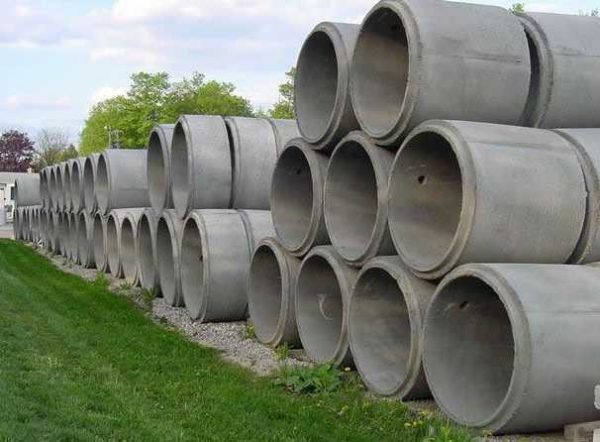
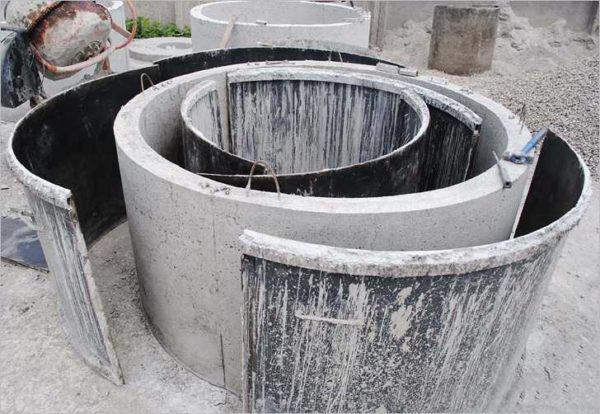
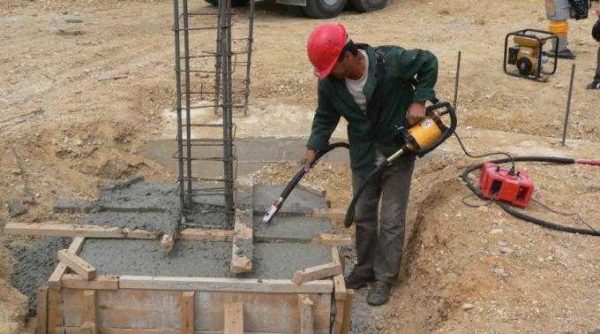
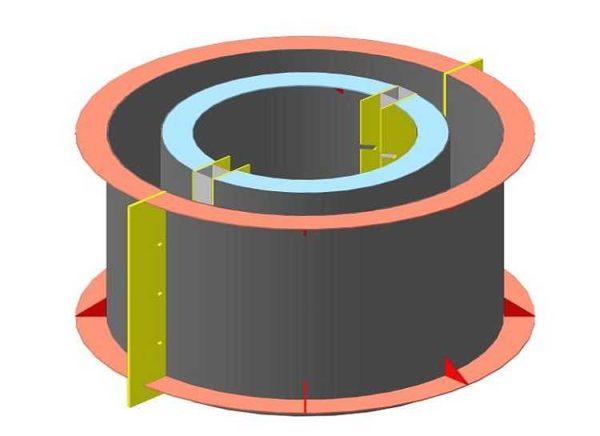
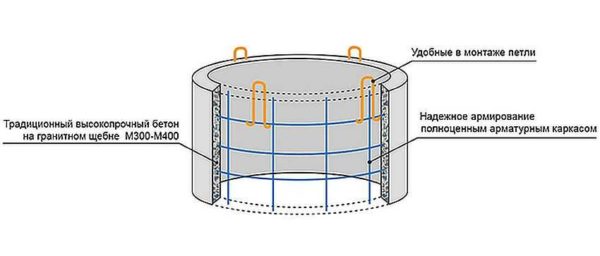
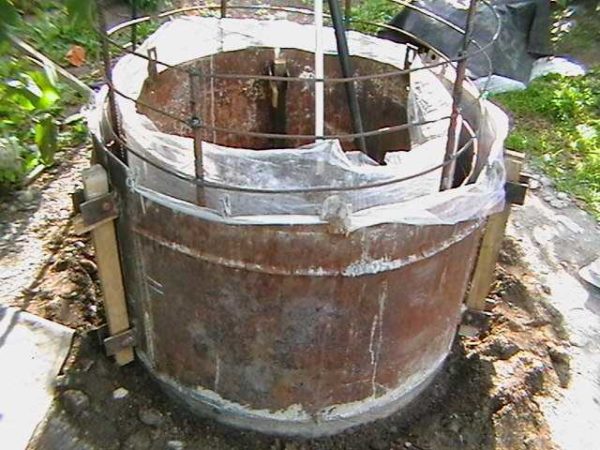
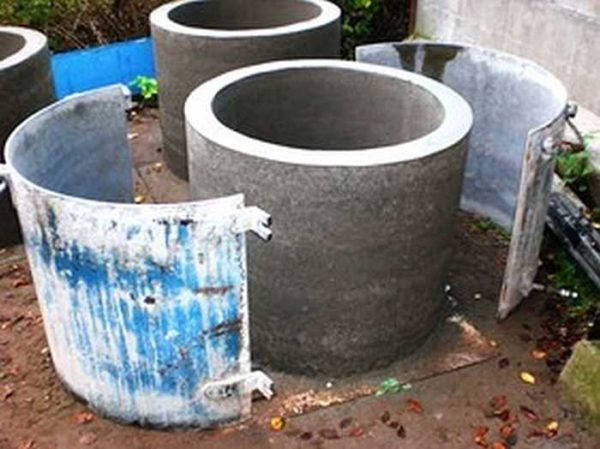
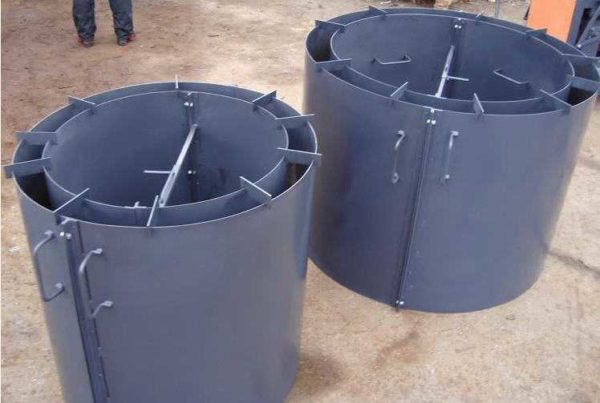
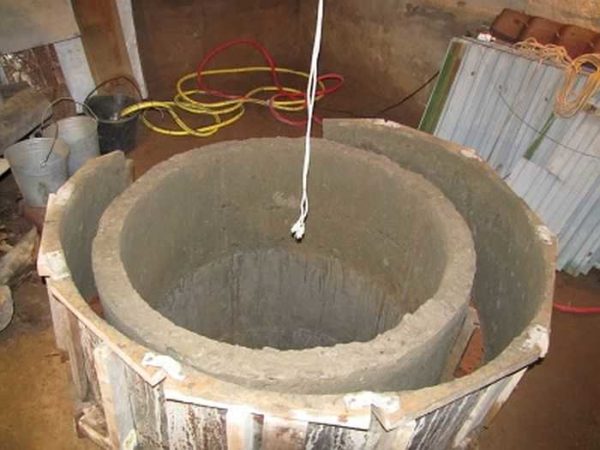
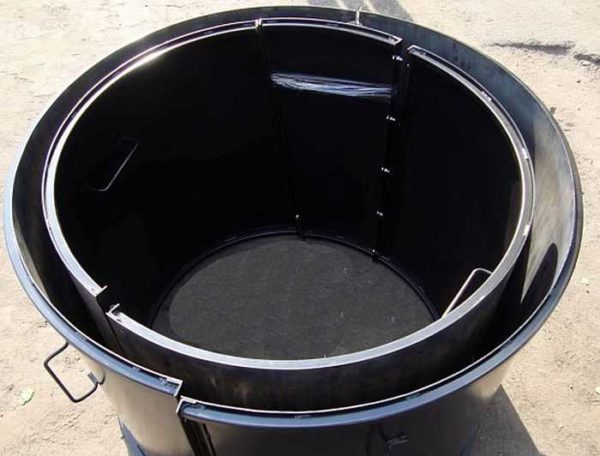
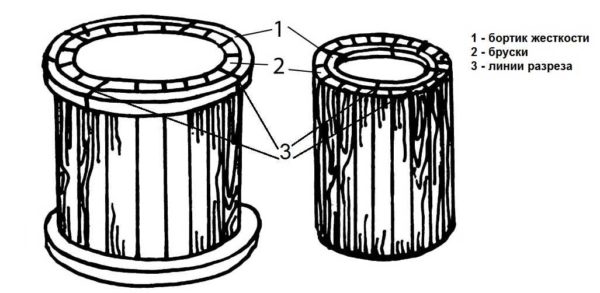

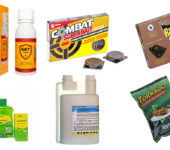
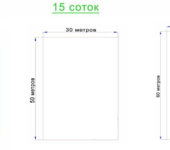







? Hello! How can you order ring molds?
Hello! We do not trade in anything. Informational site….